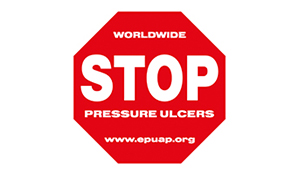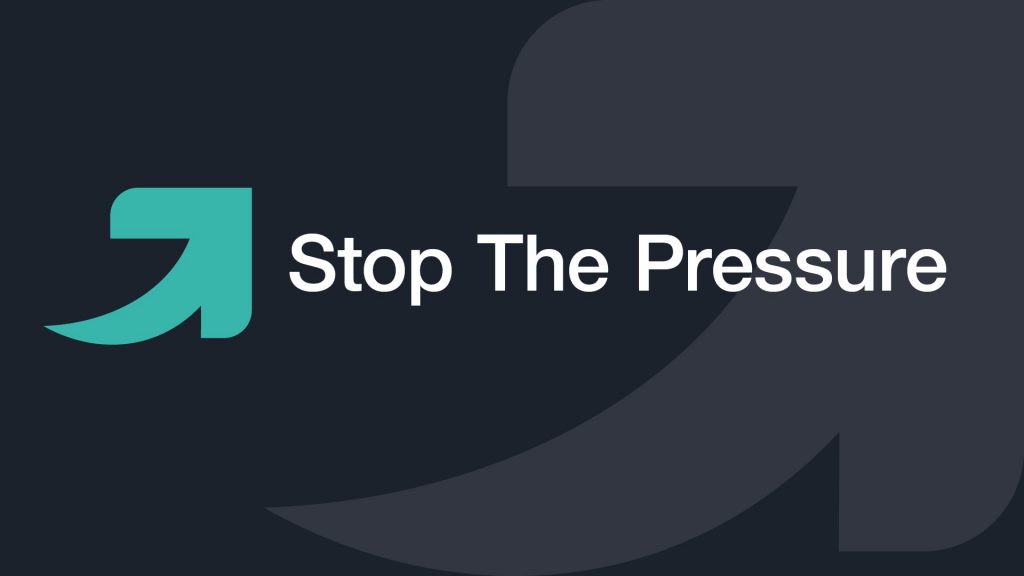Stop The Pressure
DHG are proudly supporting this year’s Stop The Pressure, which takes place on Thursday 21st November. Stop The Pressure is co-ordinated by the European Pressure Ulcer Advisory Panel (EPUAP) with the aim of increasing national awareness and to enhance education surrounding pressure ulcer prevention.

Increasing awareness and understanding surrounding pressure ulcer prevention and management is the principle aim for Stop The Pressure Day, an aim that is recognised by DHG to prevent this avoidable patient harm.
Pressure Ulcer Prevention Clinical Resources
DHG have released Pressure Ulcer (PU) Clinical Educational resources including:
- An introduction to Pressure Ulcers
- Information for caregivers and patients
- PU classification poster
- PU classification in different skin tones poster
- Mattress selection guide poster

